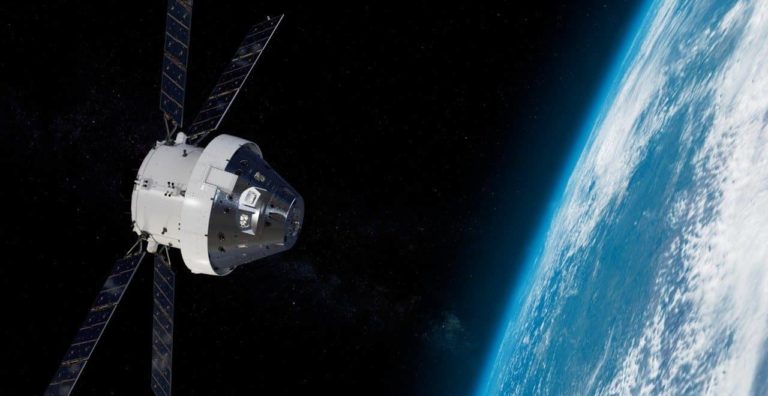
Though we spend ample time examining consumer-based AR endpoints, greater near-term impact is seen in the enterprise. This takes many forms including brands that use AR to promote products in greater dimension, and industrial enterprises that streamline operations.
These industrial endpoints include visual support in areas like assembly and maintenance. The idea is that AR’s line-of-sight orientation can guide front-line workers. Compared to the “mental mapping” they must do with 2D instructions, visual support makes them more effective.
This effectiveness results from AR-guided speed, accuracy, and safety. These micro efficiencies add up to worthwhile bottom-line impact when deployed at scale. Macro benefits include lessening job strain and closing the “skills gap,” which can preserve institutional knowledge.
But how is this materializing today and who’s realizing enterprise AR benefits? Our research arm ARtillery Intelligence tackled these questions in its report: Enterprise AR: Best Practices & Case Studies, Vol 2. We’ve excerpted it below, featuring Lockheed’s AR deployment.
High Stakes
One industry where AR continues to demonstrate value is aerospace. As we examined last week in light of Boeing, not only is assembly complex, but the stakes are high. That factor is more pronounced with vessels that venture beyond the earth’s atmosphere.
This is the case for the spacecraft that Lockheed Martin engineers and builds. Like with Boeing, assembly can be intricate, involving components that are traditionally guided through paper instructions. That results in time-consuming and costly processes.
It also results in “cognitive load” for technicians to mentally translate 2D instructions to 3D space. This produces sub-optimal results including accuracy, time to task completion, and mental strain on personnel. This is where AR’s line-of-sight guidance can assist.
Lockheed has deployed AR to do just this. Specifically, it uses AR to assist assembly on NASA’s Orion spacecraft, which carries astronauts to outer-space waypoints. It has 57,000 fasteners holding it together – structural integrity needed in deep-space conditions.
Traditionally, technicians take several measurements to place fasteners in the correct spot. It requires lots of scrutiny to ensure accurate placement. Using Microsoft HoloLens and software from Scope AR, they can see line-of-sight markers to guide fastener positioning.
The way this looks to technicians is a digital twin of each fastener hovering above the surface of the spacecraft where it should go. This is what Scope AR calls the “orient & decide” portion of the assembly, which usually takes ample time due to the need to get it right.
Domino Effect
And the results? Lockheed Martin Emerging Technologies Lead Shelley Peterson reports that the company has saved about 90 percent of “touch labor” used in the process. Marking fastener locations traditionally takes eight hours, which Lockheed reduced to 45 minutes.
This time savings also has second-order effects. AR has reduced the total assembly time for technicians by up to 50 percent. Having real-time guidance also eliminates the need for extensive training, so Lockheed Martin has reduced training time by 85 percent.
Beyond faster work, Lockheed has achieved greater accuracy – again a key factor in such high-stakes assembly work. In fact, Peterson reports that since it has started using HoloLens on its shop floors, assembly technicians haven’t made one error in fastener placement.
“It’s just pretty powerful,” Peterson said. “It takes what we think of as a laptop or computing to the next level. It feels like magic.”
Header image credit: Lockheed Martin

